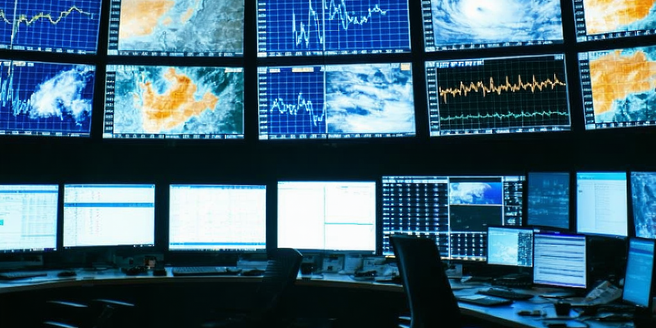
Understanding Your Role as a Stormwatcher
The role of a stormwatcher extends beyond mere observation; it’s about becoming a crucial link in the chain of weather forecasting and safety. As a stormwatcher, you must be prepared to gather accurate data and report it promptly. Your observations help meteorologists make predictions that can save lives. Understanding meteorological terms and using professional equipment enhances the efficacy of your reports. It’s essential to remain calm and focused under pressure, ensuring detailed and consistent data collection. Communication is key, so being adept at using digital tools for reporting will streamline process transmission. By embracing this role, you contribute significantly to the safety and preparedness of communities at risk of severe weather.
Essentials for Stormwatcher Safety Gear
Stormwatchers must prioritize safety, equipping themselves with essential gear to face diverse weather conditions. A durable, waterproof jacket is paramount, protecting against rain and wind. Equally important are breathable layers underneath to maintain comfort during shifts in temperature. High visibility clothing ensures you’re seen in low-light conditions, reducing risks. Gloves and hats offer additional protection against the elements, enhancing endurance during prolonged exposure. A reliable communication device is crucial for consistent contact with meteorological teams. Finally, a sturdy backpack allows for easy transport of equipment, keeping your hands free for urgent tasks. Valuing safety through proper gear significantly enhances your ability to remain effective and efficient.
Choosing Weather-Appropriate Clothing
Selecting the right clothing is vital for stormwatchers who often face unpredictable weather conditions. Layering is key; start with moisture-wicking base layers that keep you dry by pulling sweat away from the body. Add insulation with a thermal layer to retain body heat during cold spells. The outer layer should be waterproof and windproof, providing a barrier against harsh elements. Fabrics like Gore-Tex or similar offer superior protection without sacrificing breathability. Footwear should also be robust, preferably waterproof and with good traction, to prevent slips. Your clothing choices not only ensure comfort but also support sustained focus and readiness, regardless of the weather you encounter.
Options for Receiving Storm Alerts
Remaining informed about weather developments is crucial for any stormwatcher. There are various methods for receiving timely storm alerts and updates. Dedicated NOAA weather radios provide robust coverage and frequent alerts, while mobile applications offer convenience with real-time notifications wherever cellular service is available. Online platforms and social media channels from trusted meteorological authorities can supplement your information sources, offering updates and community insights. Ensuring your devices are equipped with backup power supplies or portable chargers is prudent, maintaining connectivity during power outages. These resources collectively enhance your situational awareness, ensuring prompt response to evolving weather conditions.
Selecting Durable Footwear and Accessories
The choice of footwear is critical for any stormwatcher, given the demanding nature of the terrain and weather conditions they often face. Opt for waterproof boots with reinforced soles to protect against rough, slippery surfaces. Look for designs with ankle support to prevent injuries during extended fieldwork. Pair your boots with moisture-wicking socks to enhance comfort and prevent blisters. Accessories such as a wide-brimmed hat provide protection from rain and sun, while polarized sunglasses reduce glare and strain on your eyes. A rugged wristwatch with weather monitoring capabilities can keep you informed of temperature fluctuations, enabling quick adjustments to your strategy. The right footwear and accessories are indispensable for effective stormwatching.
Customizing Your Gear for Maximum Comfort
Each stormwatcher has unique comfort and operational needs, making gear customization a worthwhile investment. Begin by tailoring fit and functionality; adjustable clothing and gear with customizable features ensure optimal comfort and efficiency. Incorporate quick-access pockets and attachment points for essential tools, allowing streamlined operations. Modular gear options let you swap and layer items based on changing weather conditions and personal preference. Technology, like GPS devices, can be integrated for navigation aid. Comfort enhancers, such as padded straps and ventilation adjustments, will reduce fatigue. Customizing your gear not only increases comfort but also enhances overall performance, preparing you for any challenge.
